After a record 12-session consecutive declines, oil prices finally finished higher on Wednesday last week. But it could only crawl up for 3 days before giving up. That’s not a very convincing bull after the black gold plunged about 25% since early October, essentially entering the bullish market. The commodity won’t enter a bull market until it rises 25%.
Traders, economists and even world leaders are waking up to the fact that the threat of slowing global growth next year (2019) will most likely weaken demand for commodities such as oil. At the same time, they also need to accept the fact that the global oil prices are being determined and controlled by three men – some of them even quite crazy or brutal.
Yes, as surprising as it may sound, the oil market is no longer being controlled by OPEC, the cartel led by Saudi Arabia, which had once influenced the crude oil prices so much so that the mighty United States was brought down to its knees during the 1973-1974 Oil Embargo. Those days are over and long gone. So, who are the so-called three powerful men?
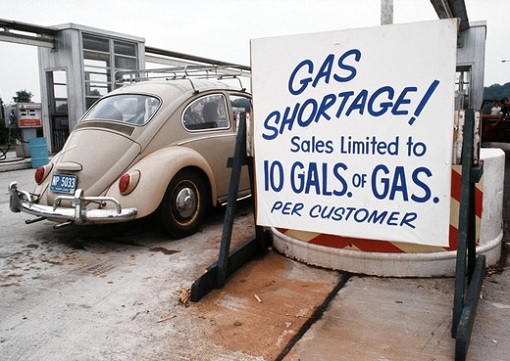
The three powerful men’s action – U.S. President Donald Trump, Russian President Vladimir Putin and Crown Prince Mohammed bin Salman – will determine, influence and control the global oil prices. So far, Trump has proven to be the most powerful of the trio, where his foreign policies – or tweets – could send the oil prices to the roof, or crashes the commodity prices.
While OPEC struggles to stabilize the oil price to the level comfortable to them – as high as possible without offending Washington – the United States, Russia and Saudi Arabia dominate and call the shot about global supply. Together, the three oil producers pump more oil than the 15 members of OPEC combined. As of now, all the three countries are pumping crude at record levels.
After the 2015 oil crash, where the commodity plunged to below US$28 a barrel in January 2016, it was Saudi Arabia and Russia that formed an alliance between OPEC and non-OPEC oil producers to push up the price since the start of 2017. So, OPEC had actually lost its influence as early as 2017. They have to work with Russia to control the crude oil prices since then.
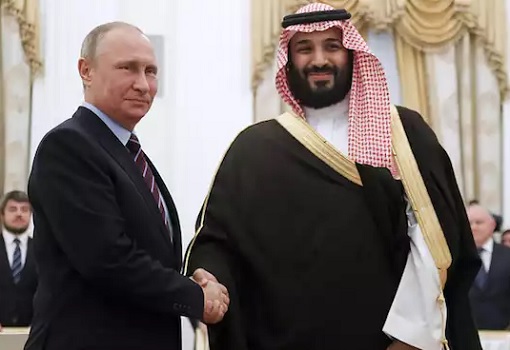
Saudi has made it known that they prefer the oil prices to be between US$70 and US$80 a barrel. Above US$80 would have an impact on consumer nations such as India and China, hence would affect the global economic growth. So, the game has been to cut production or increase supply whenever the Saudi and Russia want to push up or pull down oil prices respectively.
The Saudi-led OPEC (Organization of the Petroleum Exporting Countries) and a group of non-OPEC producers led by Russia started withholding output in 2017 to tighten the market and prop up prices. Global crude supplies have tightened sharply over the past year because of the OPEC-led cuts, which were boosted by a dramatic drop in Venezuelan production.
After U.S. President Donald Trump pulled out of an international nuclear deal with Iran in May this year, the talks about renewing sanctions on Tehran have also boosted prices. As a result, the compliance in the Saudi-Russia deal to reduce output by 1.8 million bpd (barrels per day) by the end of 2018 had shot to 152%, forcing Saudi and Russia to boost output.
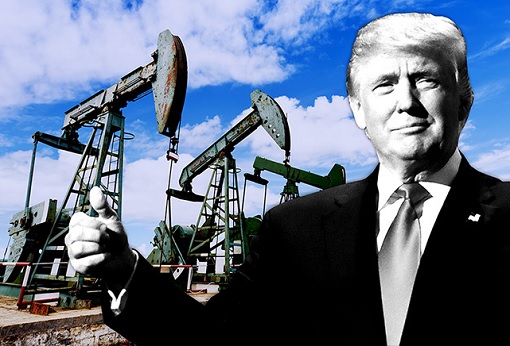
However, at the same time the U.S. output also soared unexpectedly, as companies pumping from the Permian basin in Texas overcame pipeline bottlenecks to move their oil to the Gulf coast. By the first week of this month (Nov 2018), U.S. output hit an all-time high of 11.6 million barrels per day, snatching the crown away from Russia as the world’s largest oil producer.
But the party has just begun. The U.S. Energy Information Administration (EIA) has forecasted that U.S. oil production will average 12.1 million bpd (barrels per day) in 2019, marking an upward revision from its last projection. It’s worth to note that whenever the crude oil prices are not to Trump’s liking, the U.S. president will give an order to Saudi via tweets.
For example, when Trump wants to punish the Iranians, he was the one who asked – even threatened – OPEC cartel leader Saudi to pump more oil to offset the impact of sanctions on Iran. Obediently, the Kingdom of Saudi Arabia, and Russia for that matter, started pumping at a crazy level as if Iran would produce zero barrels. Then suddenly, Trump dropped a bombshell.
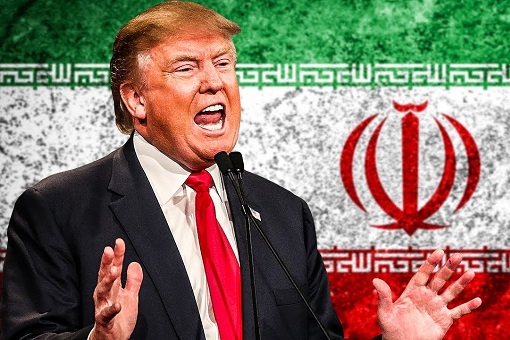
The U.S. president gives exemptions to 8 countries – China, India, Italy, Greece, Japan, South Korea, Taiwan and Turkey. By then the world was already well prepared – storing more oil that is needed in advance. Some said President Trump has brilliantly played, duped and fooled the Arabs into tanking oil prices.
In essence, Donald Trump has flipped market sentiment from fears of a supply shortage to concerns about a glut in the space of three months. As oil prices heading to south, Saudi Arabia – clearly frustrated – said it would cut exports by 500,000 bpd (barrels per day) next month and told fellow producers that they needed to cut about 1 million bpd from October production levels.
But Russian President Vladimir Putin wasn’t impressed that Saudi is doing a fire-fighting job just to please the U.S. Still, Putin said Moscow is ready to cooperate with Saudi Arabia in cutting oil production to contain the big plunge in oil prices, but he said Russia is also content with the lower prices – that a US$70 oil price “suits” Moscow – because its economic projections were based on US$40 oil price.
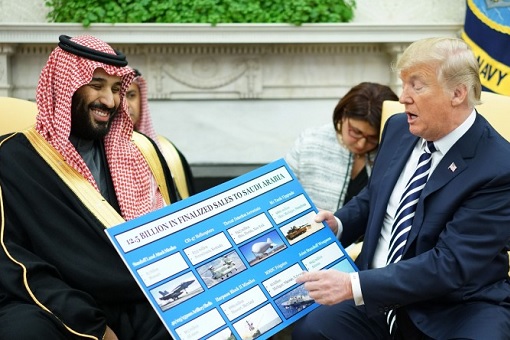
At the same time, Trump took to Twitter to issue yet another warning to Saudi since the kingdom unleashed its intention to drive OPEC to cut production. The U.S. president told OPEC to keep prices low. However, the question remains if OPEC will heed the Trump’s threats. As far as Crown Prince Mohammed bin Salman is concerned, his kingdom needs lots of money.
The Saudi’s king-in-waiting needs oil revenue to fund his ambitious plans to transform Saudi Arabia. Saudi Arabia would need oil prices to average US$85-US$87 a barrel this year (2018) to balance its state budget. When Saudi reveals its budget for 2019 by increasing it by 7% to SAR1.106 trillion (US$295 billion), the oil prices were very bullish.
The Saudis need oil at about US$80 and they cannot afford for the prices to go below US$70. The Brent crude oil is trading at US$65 while the WTI crude oil US$56 a barrel. Unlike Russia, Saudi Arabia’s budget depends very heavily on oil prices. The only reason why Putin agrees to go along with Saudi is because he wants to maintain a good relationship to frustrate the U.S.
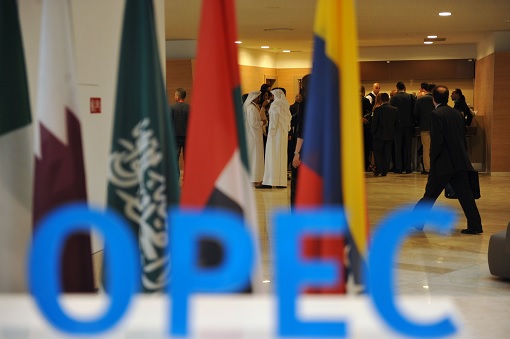
In a scenario where Russia thinks it is no longer worthwhile to maintain a good political relationship with Saudi Crown Prince Mohammed bin Salman, Putin may pull away from the agreement to control the oil prices. Although Trump has proven that his tweets could move Saudi to do what he wants, the U.S. president still considers the crown prince his closest ally in the Middle East.
Other Articles That May Interest You …
- BOOM!! U.S. Now World’s Largest Oil Producer – Oil Lost 20% In A Month, Could Drop To $40 In Bear Market
- Trump In Trouble As Democrats Snatch The House!! – But The Stock Market Cheers The President Is Being “Checked”
- Trump’s Trade War & Potential More Sanctions are Pushing China Closer To Russia
- Forget U.S.-China Boring Trade War – Saudi & Canada Diplomatic Feud Has Become Financial War
- BOOM!! – Here’s Why Oil Prices Sink To 8-Week Low, Despite Saudi Production Cut & Iran Sanctions
- China’s Latest Strategy Against Trump’s Trade War May Be Based On Sun Tzu’s Art Of War – Stays Quiet!!
- BOOM!! – Crude Oil Prices Drop Spectacularly From Its $80 High, And Here’s Why It Will Continue To Fall
- Obedience!! Saudi-Led OPEC Ministers Agree To Raise Oil Production – Because Trump Orders Them To

|
|
November 20th, 2018 by financetwitter
|


|

|

|

|

|

|




























Comments
Add your comment now.
Leave a Reply